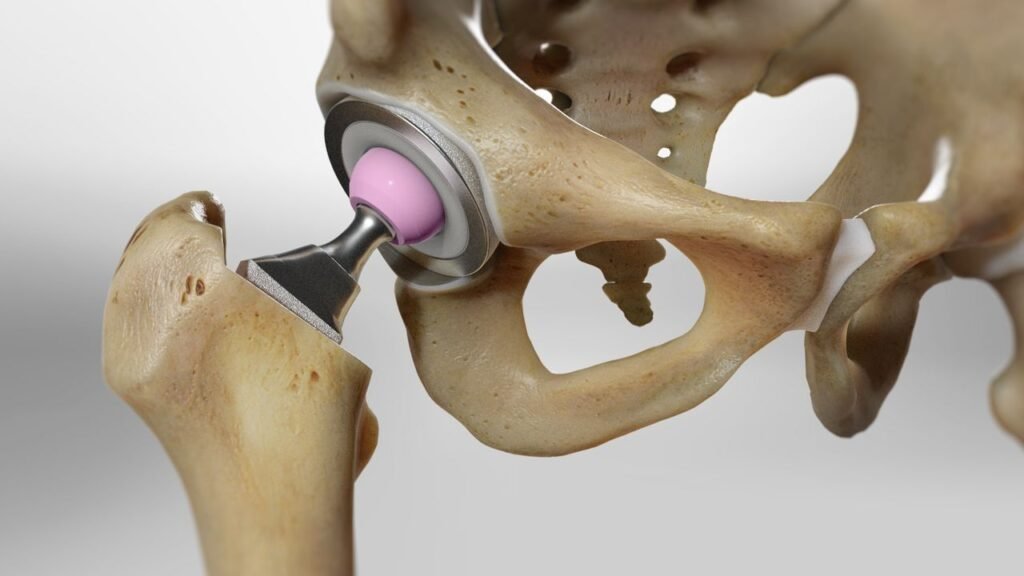Hip replacement


All Services
- Knee replacement surgery
- Partial knee replacement
- Hip replacement
- shoulder replacement
- Joint replacement
- ACL surgery
- PCL surgery
- Ligament surgery
- Meniscus repair surgery
- Key hole surgery
- Arthroscopy surgery
- Joint preservation surgery
- High tibial osteotomy surgery
- Fracture surgery
- Trauma
- Shoulder arthroscopy
- Shoulder dislocation surgery
- Rotator cuff repair surgery
- Spine surgery
- Knee pain
- shoulder pain
- Back pain
- Nonunion surgery
- Bone and Joint
- Joint pain
- Sport injury
Contact Us

What is Hip Replacement?
When is Hip Replacement Needed?
Your doctor may recommend hip replacement if you have:
👉 Severe hip pain that limits daily activities (walking, bending, climbing stairs)
👉 Pain that continues even at rest or at night
👉 Stiffness in the hip joint affecting movement
👉 Damage from conditions such as:
Osteoarthritis
Rheumatoid arthritis
Avascular necrosis (bone death due to lack of blood supply)
Hip fractures
Types of Hip Replacement
🔹 Total Hip Replacement: Both the ball (femoral head) and socket (acetabulum) of the joint are replaced.
🔹 Partial Hip Replacement: Only the ball of the joint is replaced (often done for certain fractures).
🔹 Minimally Invasive Hip Replacement: Smaller incisions, less tissue damage, and faster recovery.
Benefits of Hip Replacement
✅ Long-lasting pain relief
✅ Improved joint function and mobility
✅ Better quality of life
✅ Early return to daily activities
Recovery After Hip Replacement
Hospital stay: 3-5 days (may vary)
Walking with support: Within 1-2 days
Return to light activities: 4-6 weeks
Full recovery: Around 3-6 months with rehabilitation
